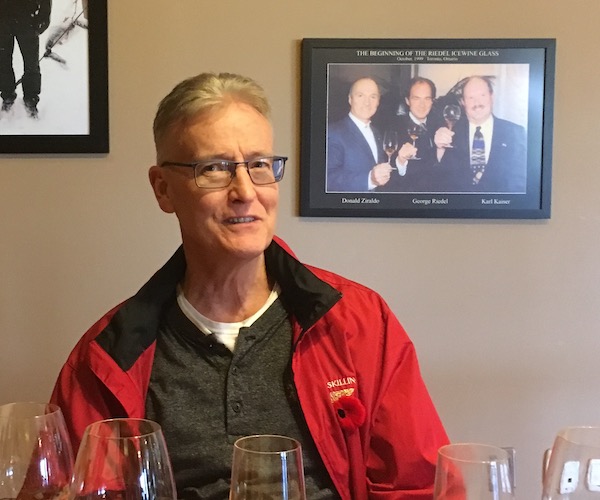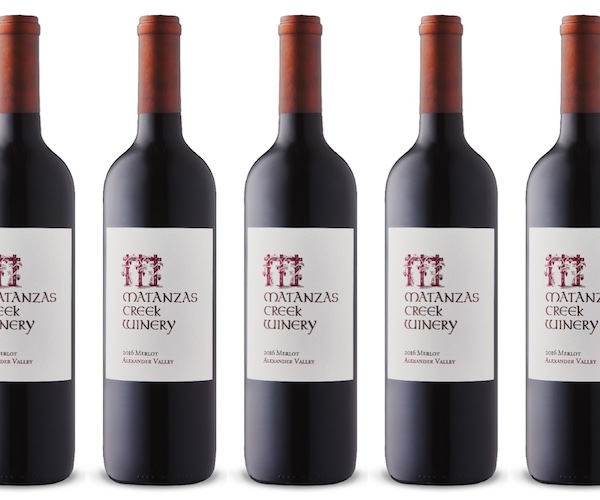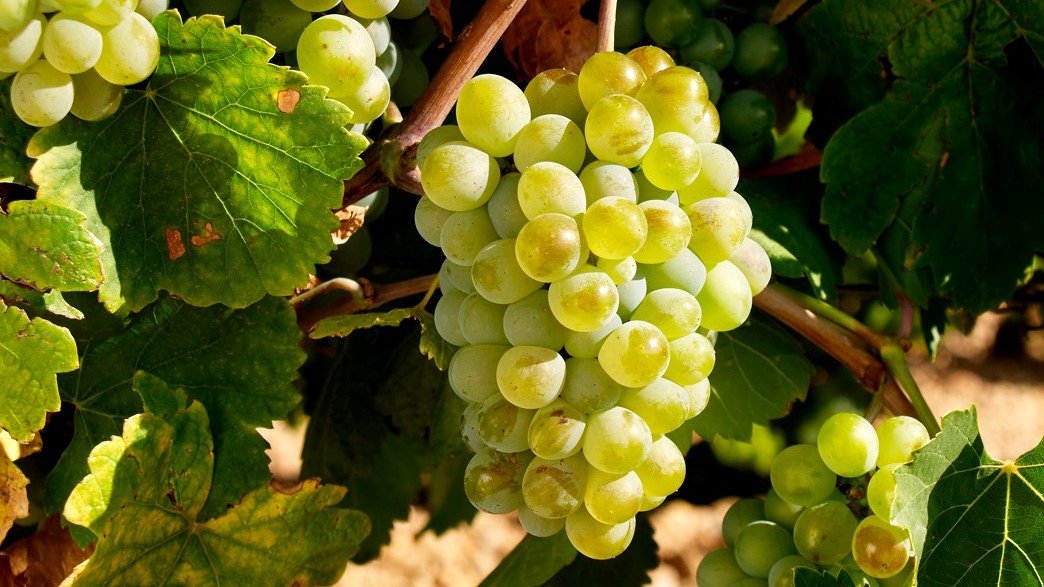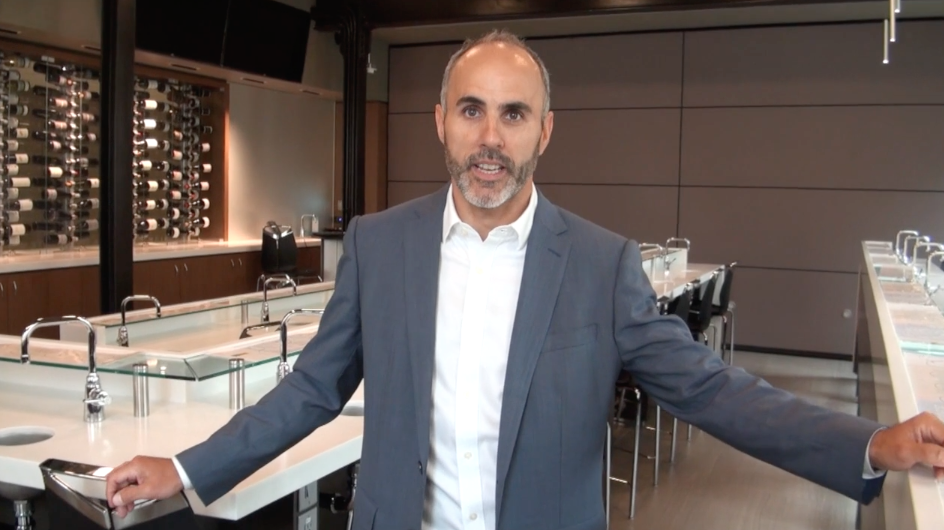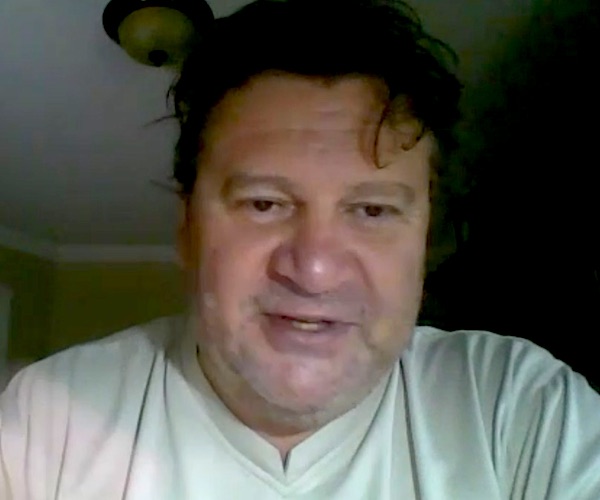Malcolm Jolley discusses icewine with Inniskillin’s Bruce Nicholson.
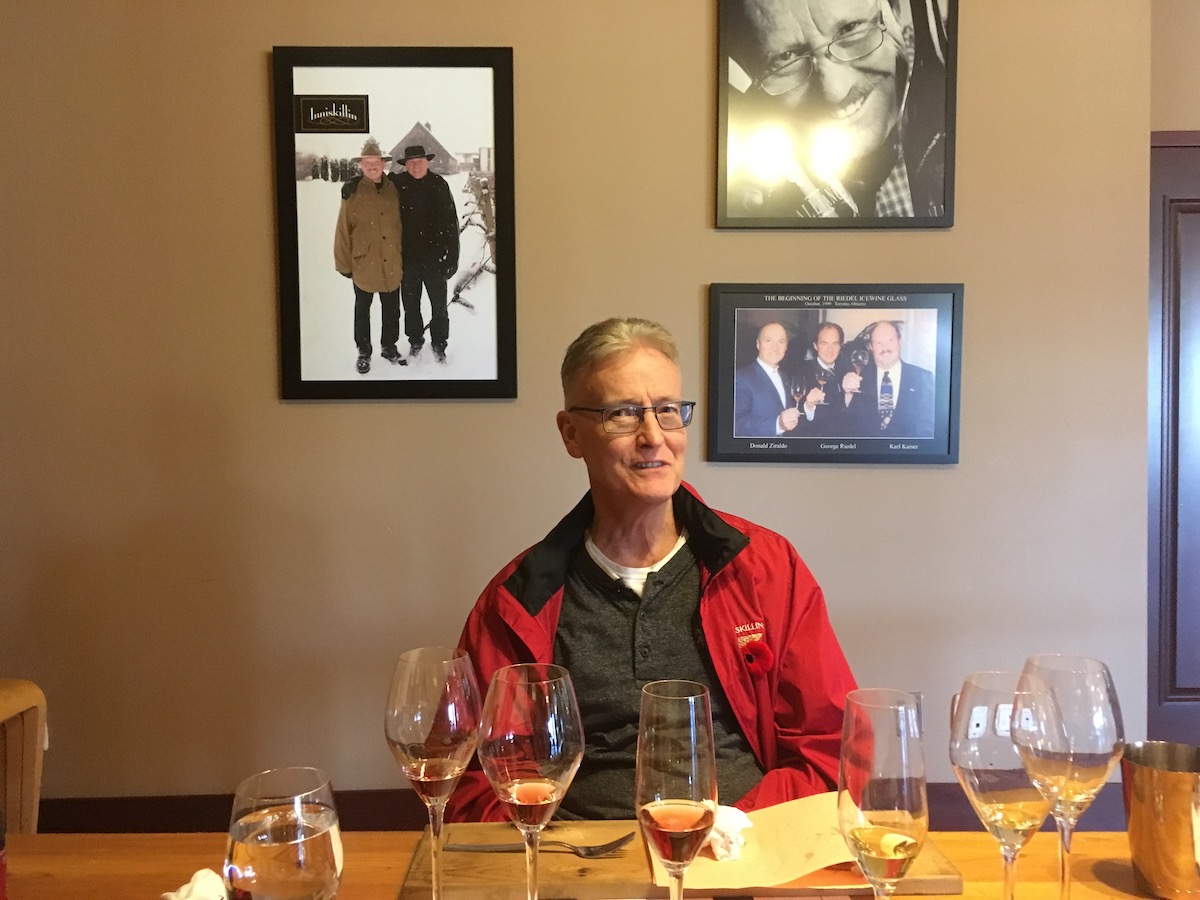
Karl Kaiser Award winning winemaker Bruce Nicholson at Inniskillin, Niagara.
Bruce Nicholson is a Niagara native who ended up making wine in BC for 20 years until he returned, nearly a dozen years ago. He came back east to take the job from which his mentor, the late Karl Kaiser, had retired: head winemaker at Inniskillin. So it was fitting that, when the Canadian Vintners Association decided to name an award to “celebrate great Canadian winemakers” in Kaiser’s honour, the first recipient would be Nicholson. Nicholson traces his career on the arc that Kaiser and his partner, the great wine marketer Donald Ziraldo, established at Inniskillin.
After a busy growing season, I went down to Niagara to interview Bruce Nicholson about the award this fall. He told me, “People like Karl Kaiser, who took a chance and put everything on the line, are the reason the Canadian wine industry is where it is today.” And, in lieu of talking about himself, Nicholson instead put forward a tasting of icewines he’d made and that turned out to be the main topic of our conversation. As we chatted we tasted through the following wines:
- 2017 Inniskillin Riesling Icewine – $79.95 375ml bottle
- 2017 Inniskillin Vidal Icewine – $49.95 375ml bottle
- 2017 Inniskillin Cabernet Franc Icewine – $99.95 375ml bottle
- 2017 Inniskillin Cabernet Sauvignon Icewine – N/A very limited quantities
- 2017 Inniskillin Sparkling Vidal Icewine – $79.95 375ml bottle
- 2017 Inniskillin Sparkling Cabernet Franc Icewine – $115.95 375ml bottle
After our initial tasting and discussion we tried pairing the wines with some very interesting dishes served by Inniskillin’s resident chef, Tim Mackiddie. I’ll report on the tasting and pairings in a susbsequent post.
This interview has been edited for length, clarity and style.
Good Food Revolution: Wow. Okay, my first question having just tasted this wonderfully vibrant lively Riesling icewine is why have wine writers gotten so snobby about icewine? You don’t see much writing on it.
 Bruce Nicholson: Well, I hope they haven’t! It’s truly a Canadian thing. I think I’ve been making ice wine for about 23 or 24 years, and Karl [Kaiser], our founder, started making it in 1984. That’s 34 years. We didn’t invent it, but I think we’ve come as close to perfecting it as we can. It’s time consuming and a lot of work, and risks involved in making icewine. So, it can be and is an expensive product – but with good reason. I’ve been out there in those fields in the wintertime picking and followed though at every stage up to packaging and it’s really a unique product.
Bruce Nicholson: Well, I hope they haven’t! It’s truly a Canadian thing. I think I’ve been making ice wine for about 23 or 24 years, and Karl [Kaiser], our founder, started making it in 1984. That’s 34 years. We didn’t invent it, but I think we’ve come as close to perfecting it as we can. It’s time consuming and a lot of work, and risks involved in making icewine. So, it can be and is an expensive product – but with good reason. I’ve been out there in those fields in the wintertime picking and followed though at every stage up to packaging and it’s really a unique product.
Good Food Revolution: It’s picked at minus eight degrees, right?
Bruce Nicholson: Minus eight is the warmest it can be picked at. I’m looking for about minus ten, that’s what I’ve found over the years to be kind of ideal. I read about a winery in the Finger Lakes who pushed it until they got 50 brix; that’s how cold it was. But that really is pushing it because if it’s too cold, at about minus fifteen, everything freezes solid, then you get nothing. The window for picking icewine is between minus eight and fourteen, but I don’t push the limits.
Good Food Revolution: Well this Riesling Icewine is easy to like. Amazing acidity.
Bruce Nicholson: I love talking about icewine and I always stress the point that it’s about acidity. Can you imagine these wines if they had half the acidity, how annoying they would be? It’s about getting that balance between sugar and acid. You need that acid to hold it all together.
Good Food Revolution: The next icewine before me is the 2017 Vidal, a classic Canadian…
Bruce Nicholson: That’s right. About 80 or 90% of the icewine made in Canada is from Vidal. That’s where you get big volumes in Ontario. And it was Karl Kaiser’s Vidal icewine that famously won the 1991 grand prix at VinExpo. That really opened our eyes, as Canadians, that we could make world class wines. It was brilliant. And Karl really had it figured out because Vidal was planted all over Southern Ontario. This is kind of where it’s made its home.
Good Food Revolution: Maybe I shouldn’t tell you this, but fifteen years ago, when I was starting out writing about wine, there was almost an embarrassment about icewine among Toronto trade and journalists, who wanted to emphasize that Niagara could make great dry fine wines from vinifera grapes. Ice wine was so successful in the 90’s that they didn’t want to give it attention, especially made from the Vidal hybrid. I think some of that might linger, and I find the Vidal ice wines generally really underrated. This wine is not as delicate as the Riesling we tasted before, but has a consistency of fruit (more tropical) to it. Actually, I know from some judging I have done that the Niagara Vidal ice wines are relatively consistent as a class: there are quality wines being made from the grape.
Bruce Nicholson: Well, consistency is definitely a character of Vidal. If you asked me what was a great year for Vidal icewine, I’d say, ‘You know what? Every year is a great year.’ That one of the great things about the variety. With Cab Franc, on the other hand, it’s really important that you have a good growing season to make a good icewine. So Vidal is a safer bet, but it’s time consuming and still lots of work. There’s more risk with the vinifera.
Good Food Revolution: What are the risks?
Bruce Nicholson: Well, if you have grapes hanging out there, you want to get them off. Ideally, you want to get them off before Christmas. I grew up in this area, so I know that it will eventually get cold. January never disappoints: my father made an ice rink every year. But it can feel like it might not and you want to get those grapes off those vines.
Good Food Revolution: Because of the birds?
Bruce Nicholson: Yes, you have to have your vines netted. Birds will take 100% of the fruit if it’s not netted. The first year they tried to do it, in 1983, I think that’s exactly what happened. Karl left for the weekend with the nets off and the birds said thank you very much.
Good Food Revolution: We’re getting into Cabernet Franc and Cabernet Sauvignon icewines. When did Inniskillin and the other Niagara wineries start making red icewines?
Bruce Nicholson: That could have been Karl again. I think in the early 2000’s. So, my guess is that we’ve been doing for 14 or 15 years with Cabernet Franc. The first Cabernet Sauvignon we just made last year.
Good Food Revolution: How come?
Bruce Nicholson: We have a grower, Gerald Klose, who works here but he also has his own vineyard, just down the road here. Well, we convinced him to do this with some of his Cab Sauvignon. It was going to be a one off, but he agreed to do it again this year.
Good Food Revolution: The last two icewines in front of us are sparkling, starting with a Vidal. How did this come to be?
Bruce Nicholson: That was the brilliant Karl Kaiser again. I think he made the first sparkling icewine from Vidal in ’98. He had the idea that come the Millennium in 2000 there would be a shortage of sparkling wine. It was supposed to be a one off, really, but it became so popular he continued it. I came back to Ontario in 2001 to try it, and I was so impressed with it that I made some in the West.
Good Food Revolution: There’s something about the bubbles that also cuts the sweetness?
Bruce Nicholson: When people are tasting the two Vidal ice wines, I always ask which do they think is sweeter. They always think the sparkling is considerably less sweet, but it isn’t. It’s almost the same,
Good Food Revolution: So, how do you make it.
Bruce Nicholson: Well, it’s difficult. Icewine is hard to ferment to begin with.
Good Food Revolution: Because of the sugar?
Bruce Nicholson: That’s right. If you took two glasses of Vidal juice, one from regular and one from icewine fruit, and put them on the table, the regular would start to ferment fairly quickly. The juice for icewine would take a long time.
Good Food Revolution: I guess it’s like jam, where sugar is a preservative.
Bruce Nicholson: It’s a concentrate, like in the way juice companies concentrate juice to make it easier to store: it’s much more microbiologically stable. It’s the same with the icewine. It’s a difficult process. When I do a yeast culture for icewine, it’s a very powerful one. With sparkling icewine, I ferment as I would normally until a certain percentage and then I put a lid on it – I stop it. The last three of four brix remains inside and it slowly dies. So, you’ve got the concentrate and the sugar, and it’s under pressure and the yeast doesn’t like any of this. The first year I made it I just barely got to the legal alcohol limit before it died.
Find out more about Inniskillin icewine at inniskillin.com.

